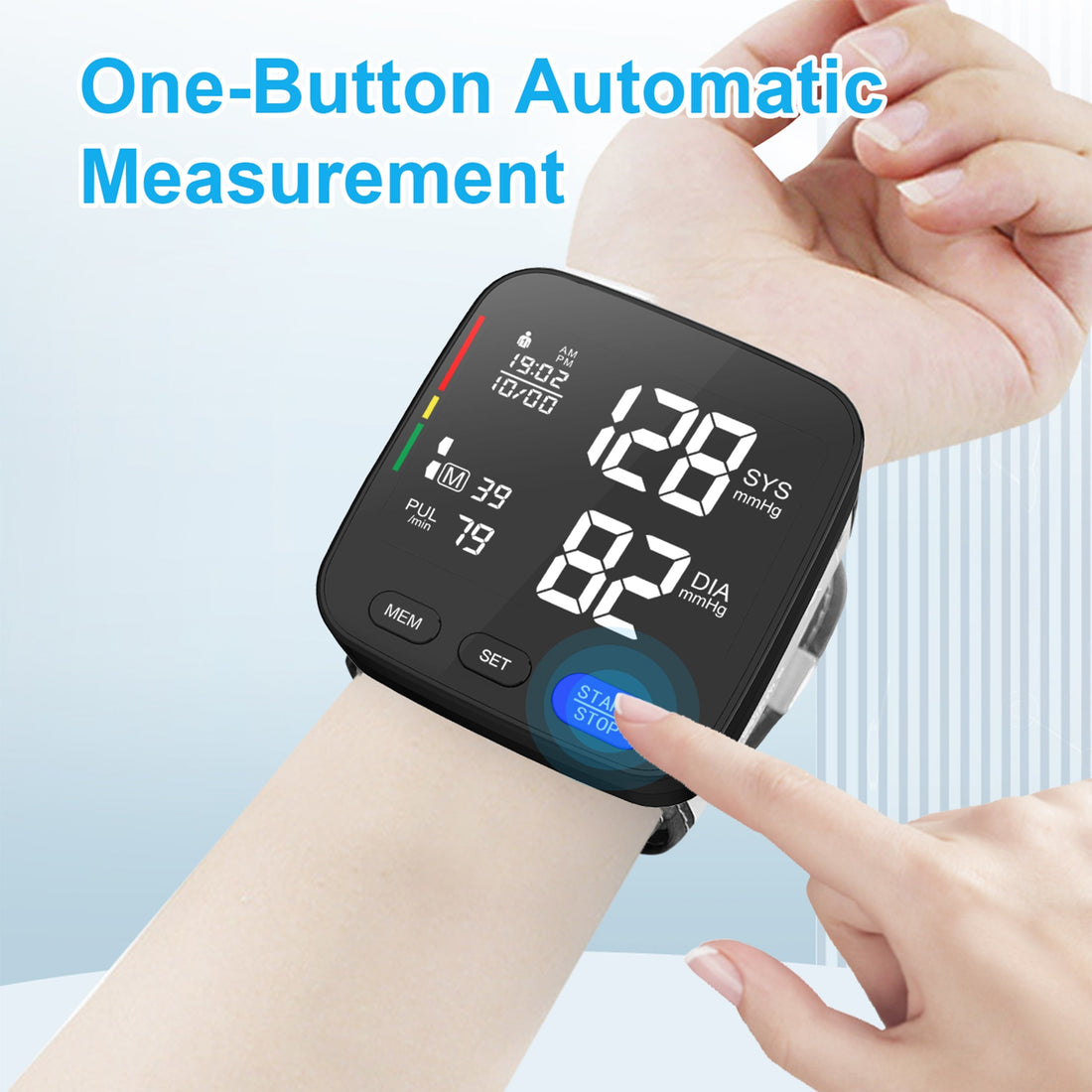
The Truth About Wrist Blood Pressure Monitors
Are you considering investing in a blood pressure monitor for home use? Wrist blood pressure monitors are a popular choice for many individuals looking to keep track of their blood pressure levels in the comfort of their own homes. But what is the truth behind these portable blood pressure monitors?
Accuracy of Wrist Blood Pressure Monitors
One common question that arises is how accurate are home blood pressure monitors, especially wrist monitors. Studies have shown that wrist blood pressure monitors may not always provide the most accurate readings compared to traditional upper arm monitors. In fact, wrist monitors can be more sensitive to body position and movement, leading to potential inaccuracies in readings.
Benefits of Wrist Blood Pressure Monitors
Despite potential accuracy issues, wrist blood pressure monitors do offer some benefits. They are compact, portable, and easy to use, making them convenient for individuals who need to monitor their blood pressure on the go. Additionally, some users find wrist monitors more comfortable to use than traditional upper arm monitors.
Cost of Wrist Blood Pressure Monitors
When considering purchasing a wrist blood pressure monitor, it's important to factor in the cost. Wrist monitors can vary in price, with some more affordable options available for those on a budget. However, it's essential to balance cost with accuracy and reliability when choosing a blood pressure measuring device for home use.
Top 5 Home Blood Pressure Monitors
Looking for the best BP monitor for home use? While wrist blood pressure monitors have their advantages, it's crucial to explore all options available. Consider researching and comparing the top 5 home blood pressure monitors to find the one that best suits your needs in terms of accuracy, reliability, and ease of use.
When it comes to selecting a blood pressure monitor for home use, it's essential to weigh the pros and cons of wrist monitors against other types of monitors. By understanding the truth about wrist blood pressure monitors and conducting thorough research, you can make an informed decision on the best blood pressure measuring device for your home.
```html
Wrist blood pressure monitors have become increasingly popular for home use due to their convenience and portability. But what is the best way to use a wrist blood pressure monitor to ensure accurate readings?
Understanding Wrist Blood Pressure Monitors
Wrist blood pressure monitors are compact devices that measure blood pressure by detecting the pulsations in the artery of the wrist. They are designed to be user-friendly and easy to operate, making them a popular choice for individuals who need to monitor their blood pressure regularly.
Proper Placement is Key
For accurate readings, it is crucial to position the wrist blood pressure monitor correctly on the wrist. The device should be placed at heart level, with the wrist supported and the palm facing upward. Ensuring a proper fit and alignment will help to minimize errors in the readings.
Avoiding Common Mistakes
One common mistake when using a wrist blood pressure monitor is not keeping the arm at heart level during the measurement. This can lead to inaccurate readings. It is also important to remain still and quiet during the measurement process to prevent any interference with the results.
Comparing Accuracy
While wrist blood pressure monitors are convenient, studies have shown that they may not always be as accurate as traditional upper arm monitors. Factors such as body position, movement, and wrist size can affect the readings. It is recommended to compare the readings from a wrist monitor with those from an upper arm monitor to ensure consistency.
Consulting with a Healthcare Professional
For individuals with high blood pressure or other medical conditions, it is important to consult with a healthcare professional before relying solely on a wrist blood pressure monitor for monitoring. Healthcare providers can provide guidance on the best monitoring practices and recommend the most suitable device for individual needs.
Conclusion
While wrist blood pressure monitors offer convenience and portability, it is essential to use them correctly to obtain accurate readings. By following proper placement techniques, avoiding common mistakes, and consulting with healthcare professionals when needed, individuals can effectively monitor their blood pressure at home using a wrist blood pressure monitor.
```
